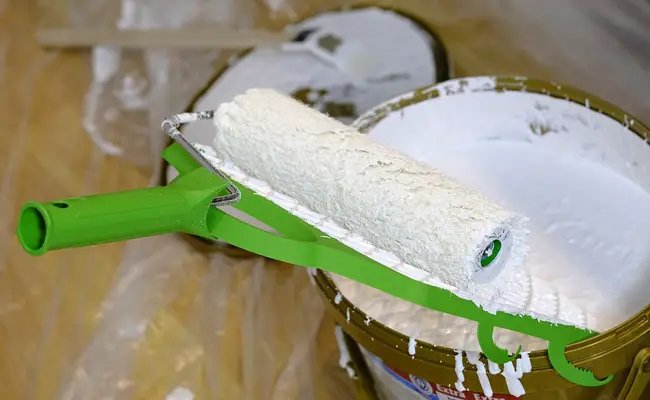Do you want to know what is the best way to paint? When it comes to coloring your walls, you look for a time of day when it’s not too hot and get ready to renew the face of the house or at least some of its rooms. Then, you choose good and easy-to-apply materials to improve the appearance of your house with a little effort and creativity.
The options vary and range from painting a room with a single color or combining two or more on different walls. Moreover, you can even choose various decorative effect techniques such as patina, sponging, and mopping.
To obtain a professional finish, it is important to know factors that will enable you to make a good choice of materials and painting practices. Read on!
What Is the Best Way to Paint – Incredible Tips
1- Buy Quality Brushes and Rollers
The quality and type of paint is as important as the color to achieve a good result. It is always convenient to choose quality paints, even if they are more expensive. For example, they will have a greater covering power, which will allow you to save on paint coats.
Moreover, good quality paints reduce the application time, while you use less material. They also guarantee you a uniform color, and greater durability over time.
Choosing good quality tools will ensure a better coverage of the surface. So, you will save on paint, and achieve a better finish. It is an investment that will pay off over time, since with the right choice, one acquires surfaces that will last for years.
2- Cover the Place to Avoid Stains
With an old sheet, cover the floor so that dripping paint does not stain the floor. You can also tape the edges and contours surrounding frames, windows and doors. It enables you to pass the brush without the risk of going over the edge.
3- What Is the Best Way to Paint – Basic Techniques
To obtain a uniform color, mix and stir well all the contents of the cans in one container. The paint must be spread evenly over the surface without dripping or spilling.
When painting with a brush or roller, there are 3 steps to follow:
- Apply the paint
- Distribute it evenly
- Carefully smooth it out to obtain an even result
4- Use the Brush or Paintbrush Well
Introduce the brush or paintbrush up to a third of the length of the bristles into the bucket or tray.
To delineate an edge, use the narrow side of the brush. Further, it is important to make long, and slow strokes.
Moreover, if you want to avoid marking the paint, paint from the dry area to the fresh paint.
To paint the flat surfaces, use the wide side of the brush.
Going on, to paint large surfaces with a brush, apply the paint with 2 or 3 diagonal lines. Then distribute evenly with horizontal strokes. Remember to press sufficiently and smooth vertically from top to bottom.
Summarizing, first you must make movements in diagonal direction, then in horizontal direction, and finally in vertical direction.
5- What Is the Best Way to Paint – How to Use the Roller
The surfaces must be painted in small sections. Work from dry surfaces to those with fresh paint to avoid marks.
Before starting to paint, slightly wet the roller with water to eliminate possible loose threads. This will also encourage it to rotate freely, leaving even thicknesses.
After this operation, insert it into the tray with paint by rolling it from one end to the other of the textured wall. This enables you to distribute the paint evenly over the roller.
With the roller loaded, use the application technique called “Z” or “N”, because of the drawing made with the roller on the cloth to be painted. This way, you will add the paint, and then move it to the rest of the surface. Thus, you will achieve a greater coverage and better leveling, with a minimum splash.
6- Cleaning and Storage
Once you complete the task, you should clean the brushes and rollers with the thinner that has been used. This can be solvent or water-based, depending on the case. You should then rinse repeatedly with neutral white soap. At the end of this operation, wrap each of the tools used in newspaper to remove the remaining moisture.
Once they are dry, wrap them in sheets of newspaper and store them.

